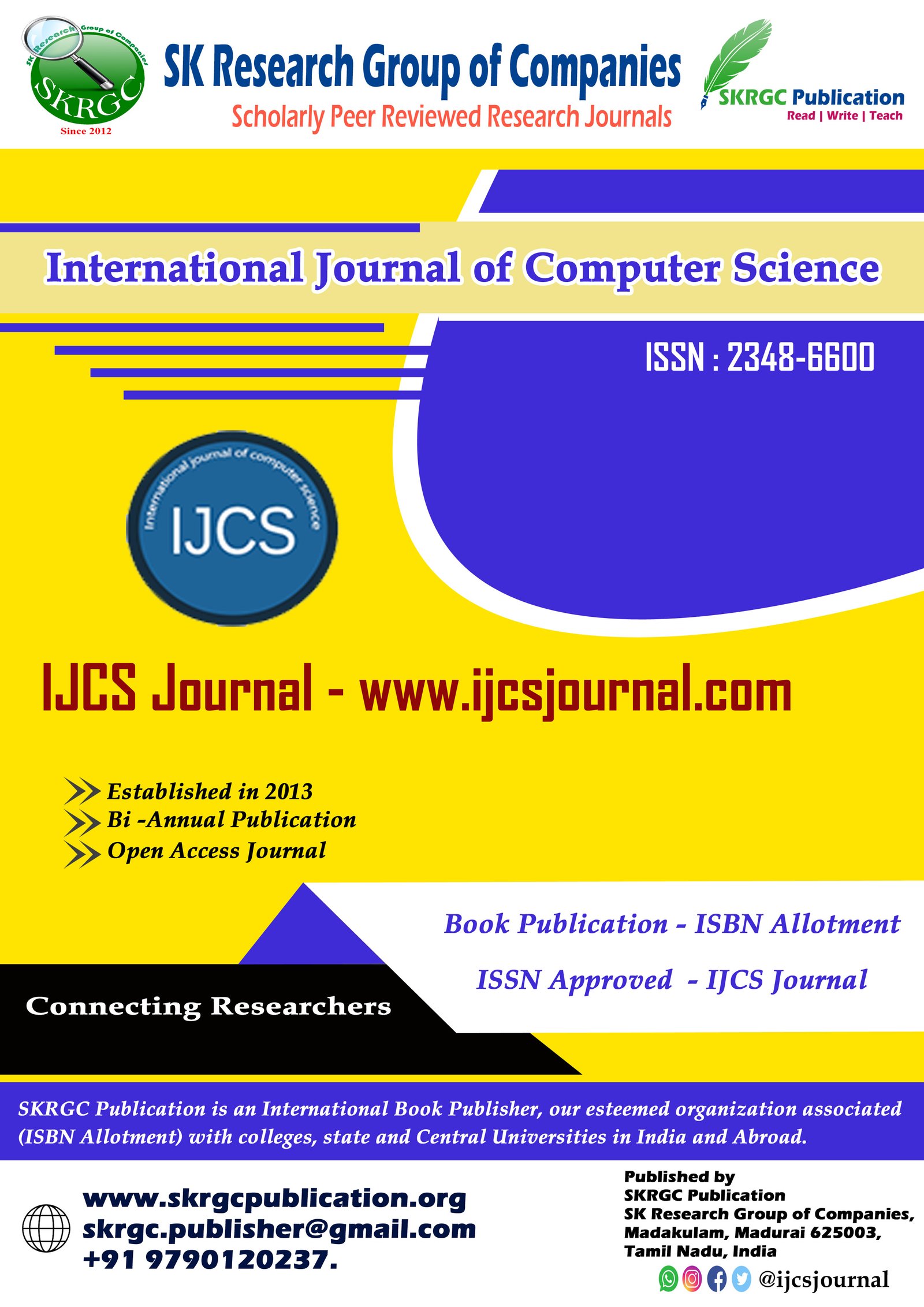IMPACT OF GEOGRAPHIC INFORMATION SYSTEMS
International Journal of Computer Science (IJCS) Published by SK Research Group of Companies (SKRGC)
Download this PDF format
Abstract
A computerized system used to manage (store, retrieve, analyze, and display) the data related to the earth’s surface is referred as geographic information system (GIS). We live in a world where anyone with access to the Internet (five billion users, in fact) can create or view maps using geospatial technology. GIS plays a vital role in creating visualizations of data layers using spatial location. GIS technology can be used by professionals in a variety of fields, such as property valuation, transport route analysis, and new project publication. Spatio-temporal data, dynamic data, and location-aware computing offer significant opportunities for research in the fields of geospatial databases and data mining. The purpose of this work is to introduce Geographic Information Systems (GIS). This paper summarizes the most important GIS features, capabilities and possibilities.
References
1. M. Fayyad, G. Piatetsky, Shapiro, P. Smyth, and R. Uthurusamy, Advances in Knowledge Discovery and Data Mining. AAAI Press, 1996.
2. Agarwal R., Srikant R., Fast algorithms for mining association’s rules. Proceedings of the 20th Conference, Santiago, Chile, Sept, 1994, pp.487 499.
3. Richard C. Dubes and Anil K. Jain, (1988), Algorithms for Clustering data, Prentice Hall. Davis, B.E. (1996) Geographic Information System: a visual approach On Word Press.
4. DeMers, M.N., Fundamental of Geographic Information Systems, 2nd Edition, John Wiley & Sons, 2000.
Keywords
Environmental Modelling, Geographic Information Systems (GIS), Spatial Data.

